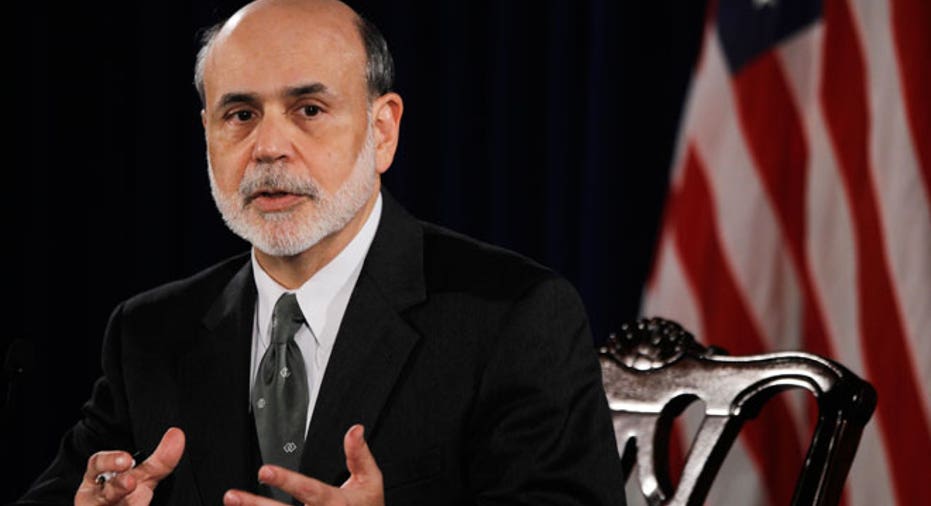Testing the Fed's Predictions

How good is the Federal Reserve at its job?
That can be a difficult question to answer. Monetary policy is subjective, and it can take years before the results become apparent. However, MoneyRates.com has found a way to hold the Fed accountable on a more immediate basis for some aspects of its performance.
The Fed's report card
MoneyRates.com is introducing a new feature called the Fed Reality Check. It will give you a concise update on how well the Fed's economic forecasts are matching with emerging data.
As part of its recent drive for greater transparency, the Fed recently started releasing regular forecasts on GDP growth, unemployment and inflation. For each indicator, the Fed publishes a range of what its members consider to be the likely results for the year. The Fed Reality Check graphic compares the values predicted by the Fed against the actual numbers as they are released.
Because the Fed issues its forecasts based on the year in total, it's impossible to say whether the Fed has failed in its predictions until the year closes. But the quarterly and monthly results for these measures should reveal insights into the likely accuracy of the Fed's annual expectations.
While the Fed will be updating its forecasts at each of its Federal Open Market Committee meetings, the Fed Reality Check will measure economic results against the first set of Fed forecasts from each year. Naturally, as the year goes on, those forecasts will start to adjust in light of new developments. By comparing results to the Fed's forecast from the beginning of the year, MoneyRates.com will examine how well the Fed's original outlook on the year's economy is matching with the latest figures.
The importance of these forecasts
Evaluating the Fed's projections for GDP growth, unemployment and inflation is relevant because these variables strongly influence monetary policy, which is why the Fed has made them the focus of these forecasts. Therefore, assessing the emerging accuracy of those forecasts is one way of evaluating the assumptions on which the Fed bases its policies.
These three economic indicators are closely tied to the Fed's mandates of encouraging growth while controlling inflation. If GDP growth is lower than expected, and/or if unemployment is higher than expected, it's likely to influence the Fed towards more stimulative economic policies such as low interest rates. On the other hand, if inflation starts to break out above the Fed's forecast range, it's likely to influence the Fed to consider strategies to rein in inflation, such as raising interest rates.
Besides influencing the Fed, these indicators represent economic conditions that often affect market interest rates. Weak growth, as reflected by low GDP numbers and/or high unemployment, tends to lead to lower interest rates, while rising inflation tends to push interest rates higher. So the performance of these variables is not just of interest to Fed watchers, but to anyone concerned with how interest rates on deposits and loans may change in the future.
As the year goes along, please share your comments on the Fed's forecasts and their performance against emerging figures. One way or another, with the Fed Reality Check, you will always have a way of knowing the score.
The original article can be found at Money-Rates.com:Testing the Fed's predictions



















